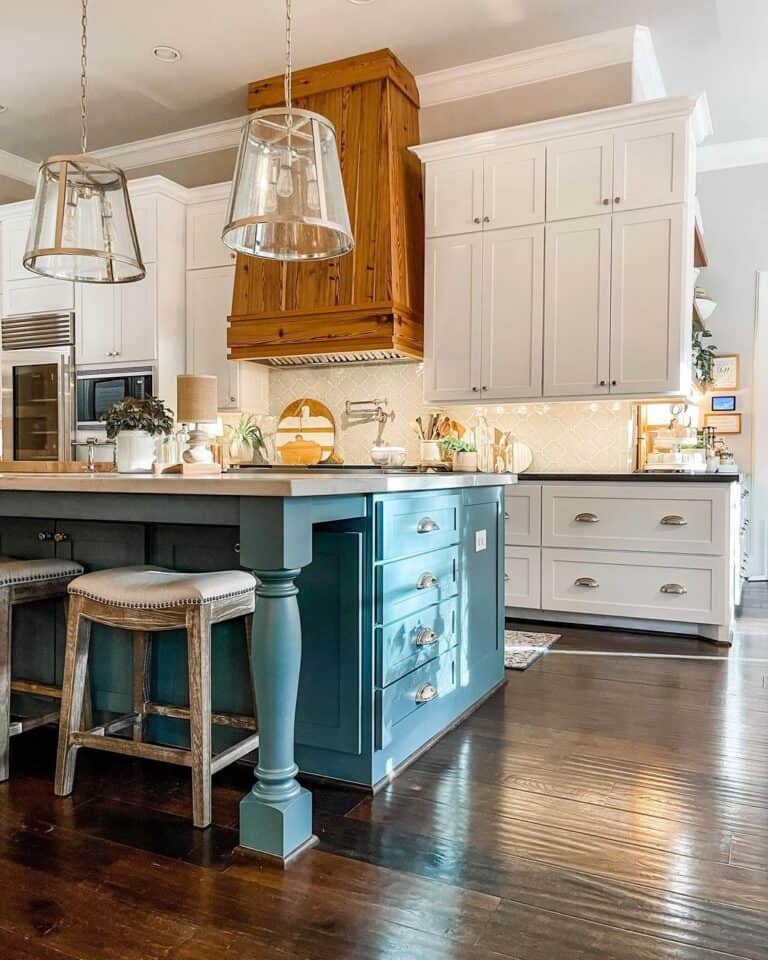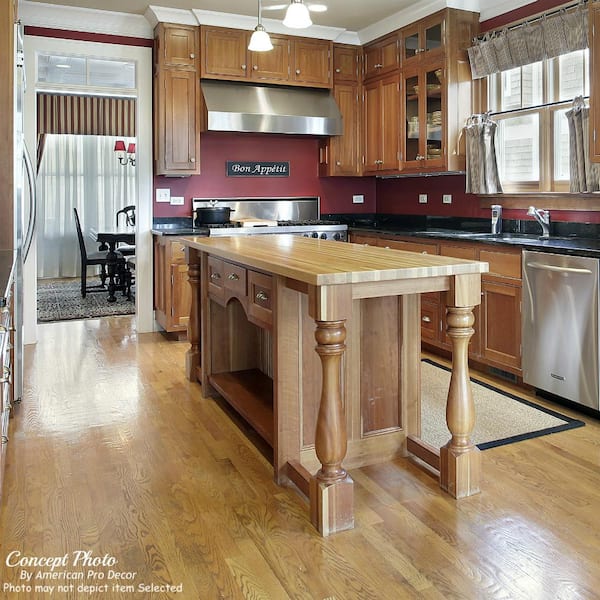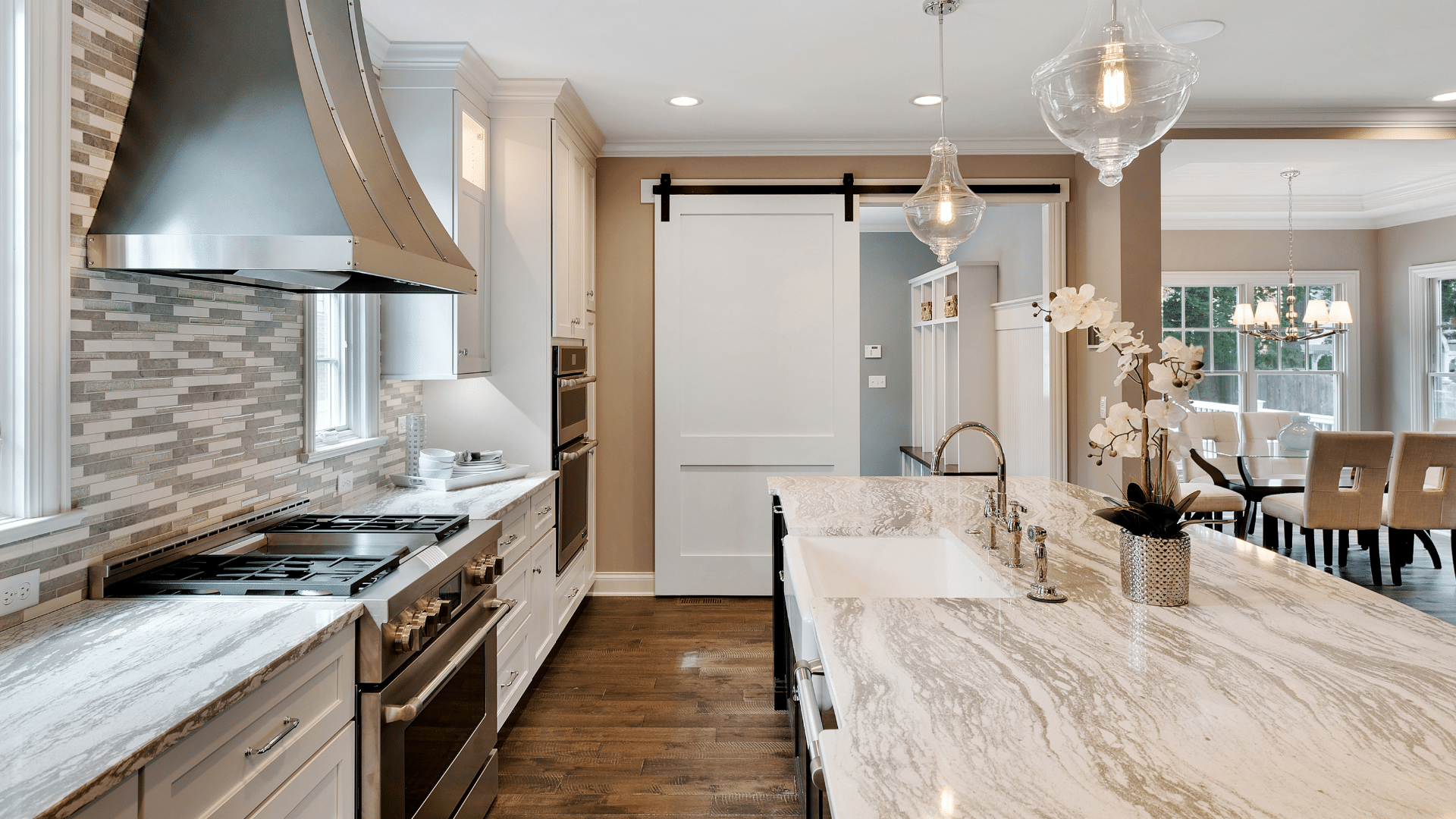Change Your Kitchen with Attractive Kitchen Island Legs
Change Your Kitchen with Attractive Kitchen Island Legs
Blog Article
Crucial Tips for Picking the Perfect Table for Your Kitchen Area
Choosing the ideal table for your kitchen is greater than simply a matter of taste; it necessitates an extensive understanding of your space and demands. Begin by measuring your readily available area to guarantee adequate clearance for activity. The shape of the table plays a pivotal duty; while rectangular tables match larger areas, round ones foster affection, and extendable alternatives provide versatility. Material choice is equally critical, with woods offering sturdiness and glass borrowing a modern touch. The table needs to integrate with your kitchen area's looks and accommodate your household pleasantly. What various other variables might influence this crucial decision?
Measure Your Room
Selecting the perfect eating table begins with a thorough analysis of your readily available area. This fundamental action ensures that the table not only fits comfortably within the room yet also enhances the general format and performance of your eating area.
Consider the flow of movement around the table. It is necessary to leave sufficient space for chairs to be pulled out and for people to walk around the table without blockage. A basic general rule is to allow at the very least 36 inches of clearance from the side of the table to the local wall or furniture. This guarantees simplicity of access and convenience during dishes.
In addition, think of the variety of people you usually delight and whether you need added area for guests. Selecting an extendable table can offer flexibility, allowing you to accommodate varying numbers of diners. By accurately gauging your room, you lay the foundation for picking a dining table that improves both the aesthetic appeals and capability of your dining location.
Select the Right Forming

On the other hand, round tables are superb for smaller kitchens or intimate events, as they advertise discussion by permitting every person to deal with each various other. They additionally offer a feeling of coziness and can fit well in tighter spaces because of their absence of sharp corners. Oval tables use the very best of both worlds, integrating the size of rectangle-shaped tables with the intimacy of round ones, making them functional for numerous settings.
Square tables are another choice, particularly matched for square-shaped rooms. They develop a in proportion and modern look, cultivating an equal dining experience for all seated.
Material Factors To Consider
When picking a table, material factors to consider are critical in determining the table's longevity, upkeep requirements, and overall aesthetic. Timber is a traditional option, supplying ageless appeal and toughness. Hardwoods like walnut, oak, and mahogany are specifically resilient, though look here they can be costly. kitchen island legs. Softwoods, such as ache, are much more budget-friendly but might be vulnerable to scrapes and damages.
Glass-topped tables offer a modern, streamlined appearance and can make a room appear bigger due to their transparency. However, they call for constant cleaning to stop smudges and finger prints. Additionally, toughened up glass is suggested for its added toughness and security.

Lastly, composite products like MDF (Medium-Density Fiber board) or plywood are budget-friendly alternatives. These materials can simulate the look of solid wood but might not offer the exact same durability. They are normally less complicated to clean yet can be prone to water damages if not effectively sealed.
Ultimately, the choice of product need to align with your kitchen's design, your lifestyle requires, and your budget plan restraints. (kitchen island legs)
Seats Ability and Comfort
How do you establish the appropriate seats capacity and convenience for your dining table? For a family members of four, a rectangle-shaped table of 48 inches long or a round table with a 48-inch diameter is generally enough.
Comfort is similarly vital. The elevation of the table must preferably be around 30 inches, supplying a balanced ergonomic stance for seated diners. Chairs ought to have a seat elevation of 18 to 20 inches to make sure a comfy eating stance. In addition, take into consideration the chair style; upholstered seats and encouraging back-rests can enhance dining convenience dramatically, particularly throughout prolonged meals.
Style and Appearance
Choosing a table article that matches your style and appearance entails balancing personal preference with the existing style of your eating area. The table is typically the centerpiece of the kitchen, and its layout should enhance the general motif of the space. Whether your kitchen area boasts a contemporary, minimal appearance or a rustic, farmhouse beauty, the table you pick need to integrate with these components to create a cohesive and inviting ambience.
Take into consideration products thoroughly; wood supplies an ageless allure and can vary from rich mahogany for a conventional want to lighter oak for a modern feeling. Steel and glass tables, on the other hand, can present a sleek, commercial side to your kitchen area. Do not neglect the table's shape-- rectangular tables are functional and timeless, while round and oval choices can foster a much more intimate eating experience.
Additionally, pay attention to coatings and details. A distressed finish could include character and heat, whereas a shiny surface can add to a tidy, modern-day visual. Eventually, your table must not only in shape flawlessly right into your cooking area's design yet More about the author also reflect your individual design, elevating the area both functionally and visually.
Final Thought
In conclusion, choosing the suitable dining table for a cooking area demands mindful analysis of space, form, material, seating ability, and visual harmony. Inevitably, a well-chosen eating table promotes an inviting atmosphere and accommodates the home easily, thus enhancing the eating experience.

When choosing an eating table, product considerations are extremely important in establishing the table's longevity, upkeep demands, and general aesthetic. For a household of four, a rectangle-shaped table of 48 inches long or a round table with a 48-inch size is generally sufficient.
Don't neglect the table's form-- rectangle-shaped tables are classic and functional, while round and oval options can cultivate an extra intimate eating experience. kitchen island legs.
Report this page